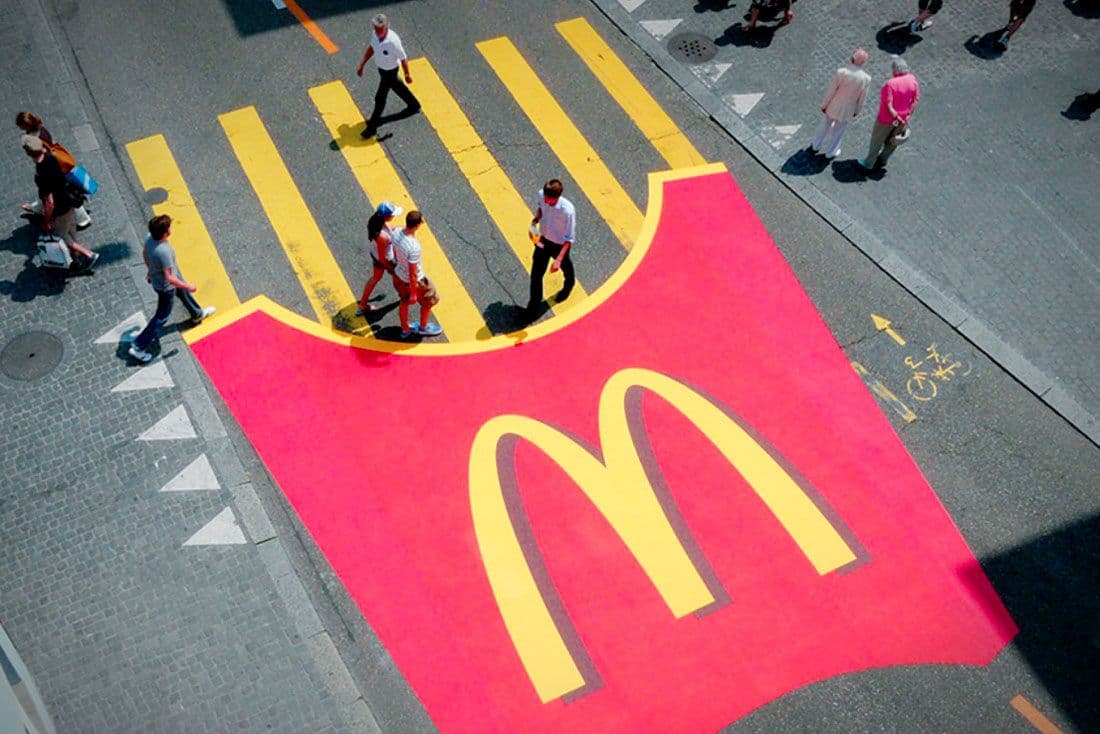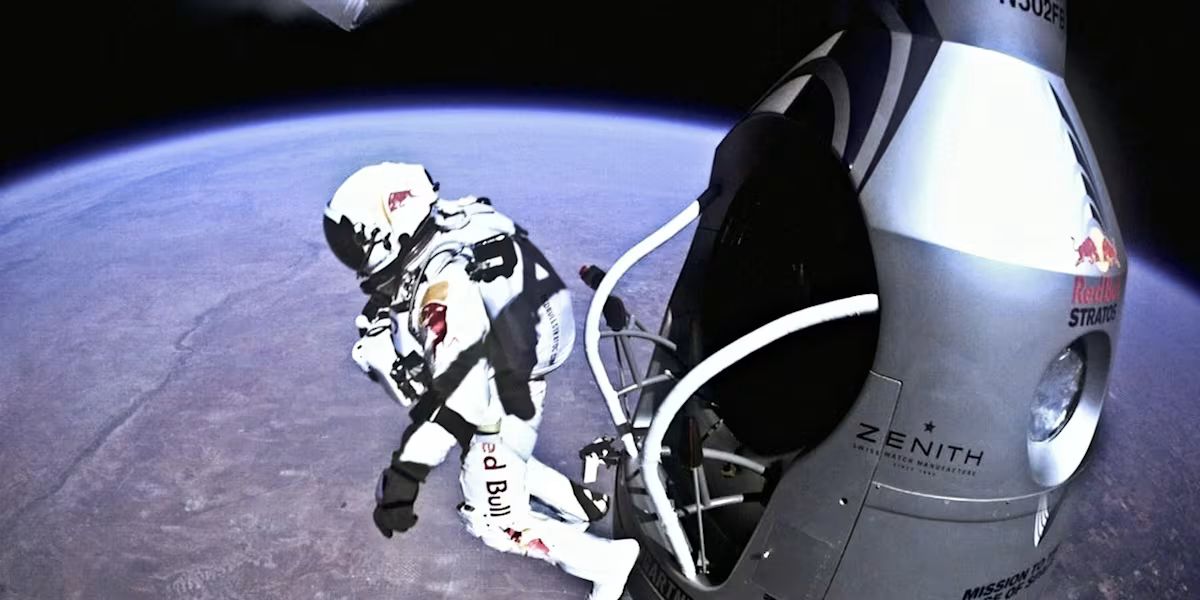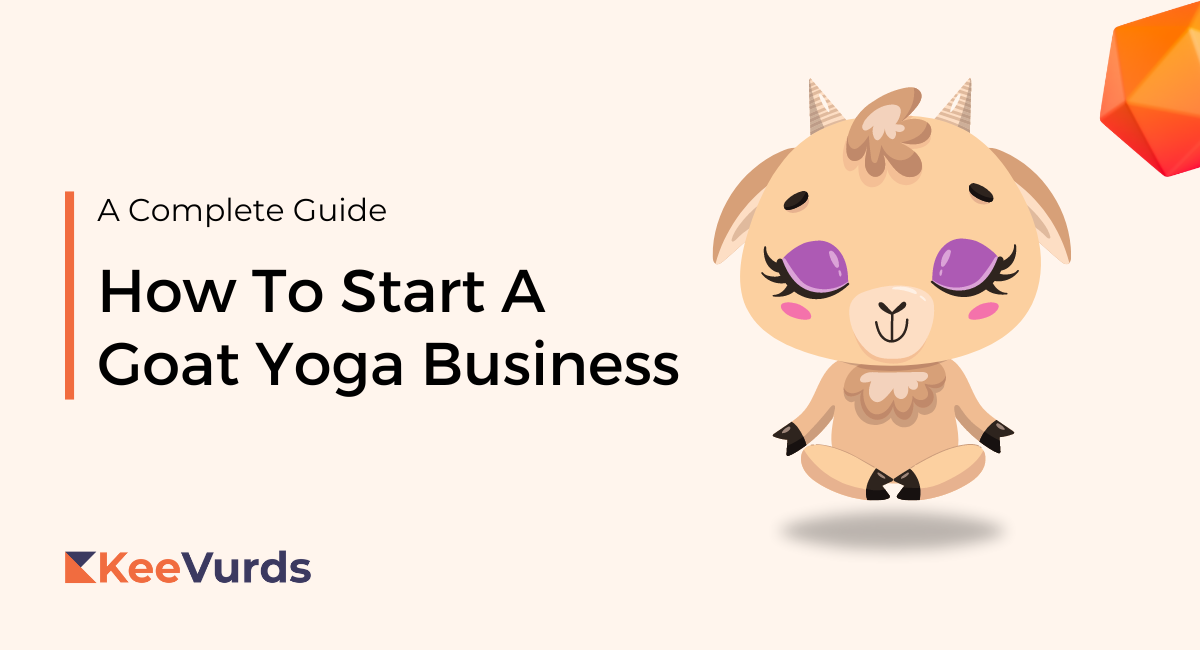You’ve probably heard the term “guerrilla marketing” tossed around a lot, and it might have left you scratching your head.
What exactly is guerrilla marketing?
How does it work?
Is it something only big companies can do, or can small businesses use it too?
We’re here to clear up the confusion and shed some light on this unconventional and highly creative marketing approach. So, let us get started with the definition and then we will take a look at its types and some examples:
What is Guerrilla Marketing?
Guerrilla marketing is a unique and unconventional form of marketing that relies on creativity, imagination, and a limited budget to reach and engage with the target audience.
Unlike traditional marketing strategies that involve large advertising budgets, guerrilla marketing uses clever strategies and surprises to create memorable and shareable experiences. This approach is not just about promoting a product or service; it’s about leaving a lasting impression and generating buzz for the overall brand.
Here’s a quick overview of guerrilla marketing:
- Cost-Effective: Guerrilla marketing doesn’t require a huge budget. It focuses on low-cost or no-cost strategies, making it accessible to businesses of all sizes either big or small.
- Creativity Rules: It’s all about thinking outside the box. Guerrilla marketing campaigns are often characterized by their unique and surprising nature.
- Unconventional Locations: These campaigns often occur in unexpected places or use non-traditional advertising mediums.
- Emotional Impact: Guerrilla marketing aims to connect with audiences on an emotional level, creating memorable experiences.
- Word of Mouth: The ultimate goal is to generate buzz, with people sharing their experiences and content related to the campaign. You might have seen people often sharing witty and funny emails or social media posts from the brand Zomato creating a buzz.
💡Also Read: 6 Major Business Structures in India
Types of Guerrilla Marketing
Now that you know the definition of guerrilla marketing, let’s explore some types of guerrilla marketing.
Ambient Marketing
Ambient marketing is all about integrating advertisements seamlessly into the environment. Think of ads on staircases, escalators, or even manhole covers. The key is to make it seem like a natural part of the surroundings.
Street Art and Graffiti
Street art and graffiti have been used effectively in guerrilla marketing. Brands collaborate with graffiti artists to create art that promotes their products or messages in public spaces.
Flash Mobs
A flash mob is a sudden and seemingly spontaneous gathering of people who perform a brief, attention-grabbing activity. Brands can organize flash mobs to engage audiences in unexpected locations, creating a buzz that resonates on social media.
Viral Marketing
This type of guerrilla marketing aims to create content that goes viral on social media platforms. It could be a funny video, a clever meme, or an inspiring story that captures people’s attention and prompts them to share it with their network.
Experiential Marketing
Brands create real-world experiences through quality content that allows consumers to interact with their products or services. These experiences can leave a strong and lasting impression on the audience.
Product Placement
Guerrilla marketing often involves placing a product or message in an unconventional location, catching people off guard. For example, a giant sneaker was placed on a street corner to promote a shoe store. Another example is McDonald’s using zebra crossing to promote its french fries as shown in the picture below:
Examples of Guerrilla Marketing
We know that you might be excited to see how brands use guerilla marketing to promote their products. For the same reasons, we have selected some of the most popular guerilla marketing examples used by known brands:
1. Red Bull’s Stratos Jump
Red Bull is known for its daring marketing stunts. In 2012, Felix Baumgartner’s record-breaking freefall from the stratosphere was a prime example of guerrilla marketing. This jaw-dropping event not only showcased Red Bull’s brand but also captured the world’s attention and imagination.
2. Netflix: Squid Game Stairway
Netflix promoted the second season of its hit show “Squid Game” by installing a giant stairway in the middle of a busy street in Toronto.
The stairway was painted with the show’s iconic symbols, and people were invited to climb it for a chance to win prizes. The stairway was a huge hit with fans of the show, and it generated a lot of media attention.
3. Ikea’s “Everyday Heroes”
Ikea transformed ordinary bus stops into showcases for their products. The campaign featured creative and functional designs, turning mundane waiting areas into engaging and delightful experiences.
This clever guerrilla marketing campaign demonstrated Ikea’s idea of blending practicality with creativity.
Conclusion
So, is guerrilla marketing clearer to you now?
It’s a creative, cost-effective, and memorable approach to marketing that anyone, from small businesses to big corporations, can employ. By thinking outside the box, surprising your audience, and creating experiences that resonate, you can leave a lasting impression and generate buzz.
If you want to stay updated with the latest startup news and funding alerts, consider checking out KeeVurds, our startup media platform.
Here, you can find valuable insights and information to help your business thrive. Guerrilla marketing may not be for everyone, but the principles of creativity and imagination can be applied to various aspects of your marketing strategy, helping your brand stand out in a crowded marketplace.









2 Comments